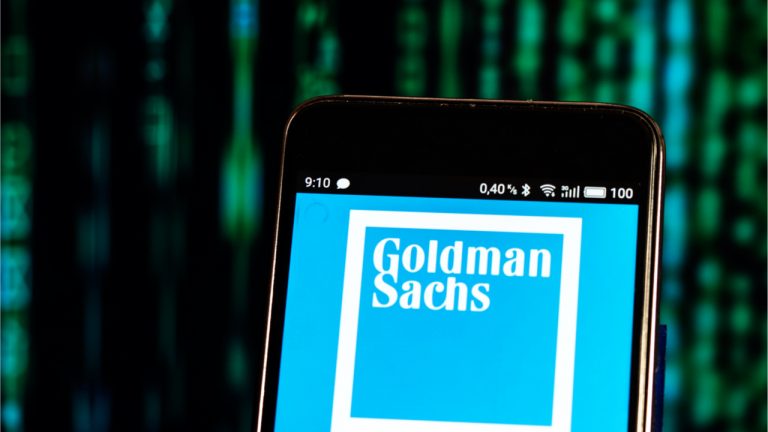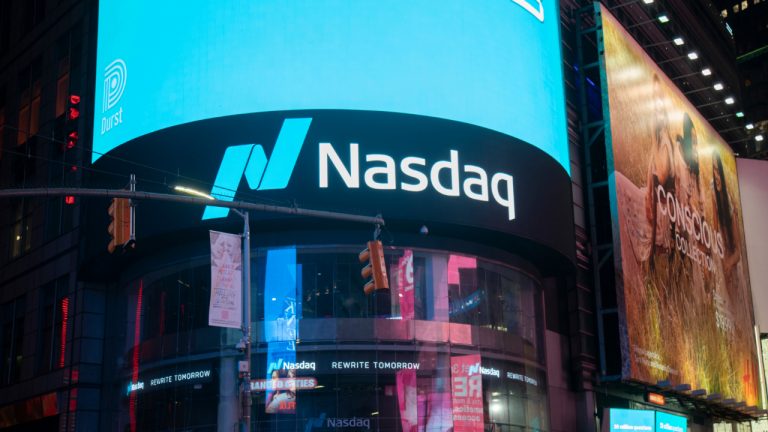
Ark Invest's latest foray into the crypto sector focuses on stablecoin issuer Circle, which announced plans to merge with SPAC Concord Acquisition Corp.
Cathie Wood's Ark Invest has reportedly purchased 6.93 million shares of the special purchase acquisition company, or SPAC, that is merging with Circle, for $70.6 million through the company’s ARK Fintech Innovation exchange-traded fund (ETF). This purchase would represent a new position for the ETF, according to MarketWatch.
Ark Invest's ETFs have a history of bold purchases within the tech industry as indicated by their move to buy $80 million in Robinhood shares after the prices dipped back in October 2021. Wood is also bullish on crypto despite passing on buying the first Bitcoin futures ETF that same month.
Circle is the principal operator of USD Coin (USDC), which is currently the second-largest stablecoin in terms of market capitalization. Circle announced its intentions to go public in July 2021 through a SPAC with Concord Acquisition Corp in a merger that would see the company valued at $4.5 billion.
The merger was originally planned to finalize by the end of the fourth quarter of 2021, with the company being listed on the NYSE with the ticker “CRCL.”
The move to go public came about as a response to the increasing concern posed by regulators regarding stablecoins. Regardless, the move was applauded overall by the crypto industry. Vladimir Vishnevskiy, co-founder of Swiss wealth management firm St. Gotthard Fund Management AG, noted as such and said; “[USDC] has been around since 2014, and is another example of an established player being rewarded for their input into the ecosystem.
Stablecoins are still under regulatory scrutiny in the United States as lawmakers question the market's transparency and reserve backing. U.S. lawmakers are currently looking to introduce new legislation on crypto within the coming weeks.











